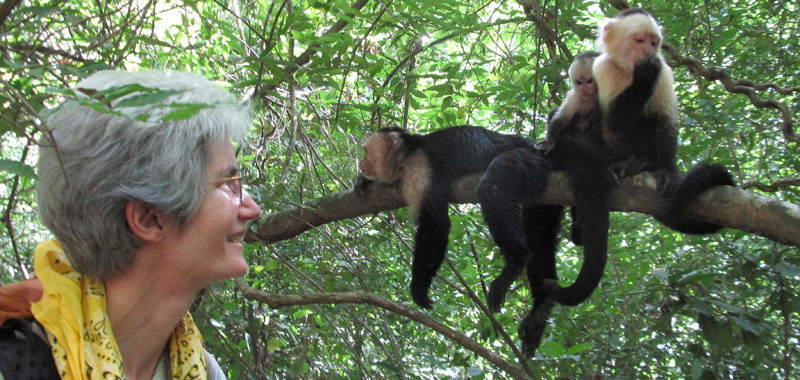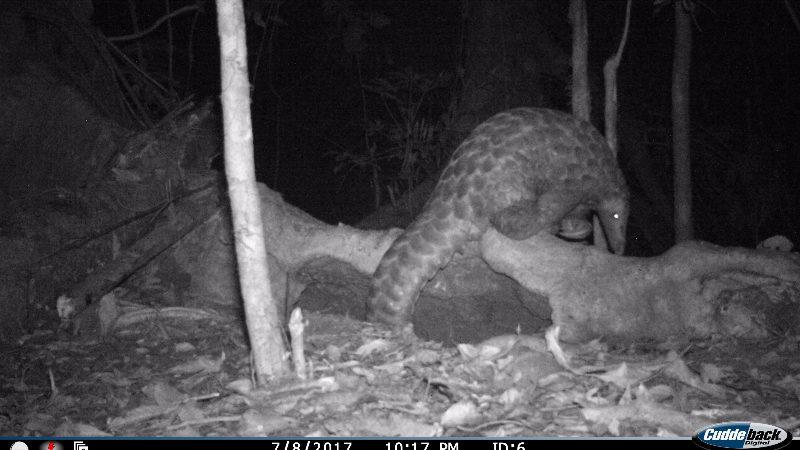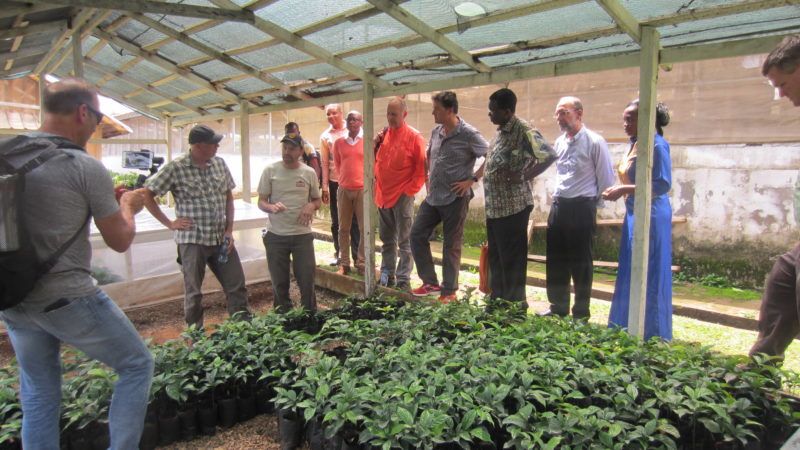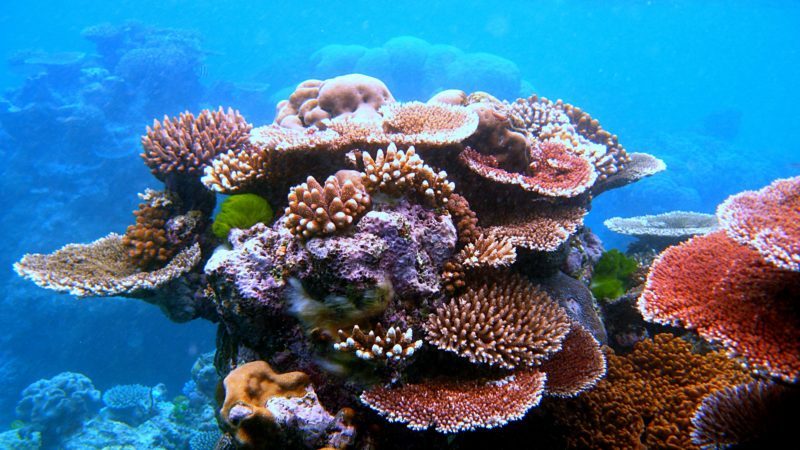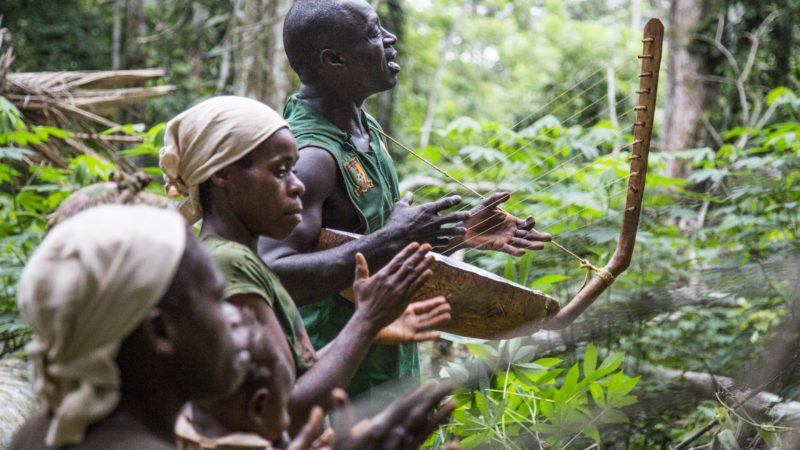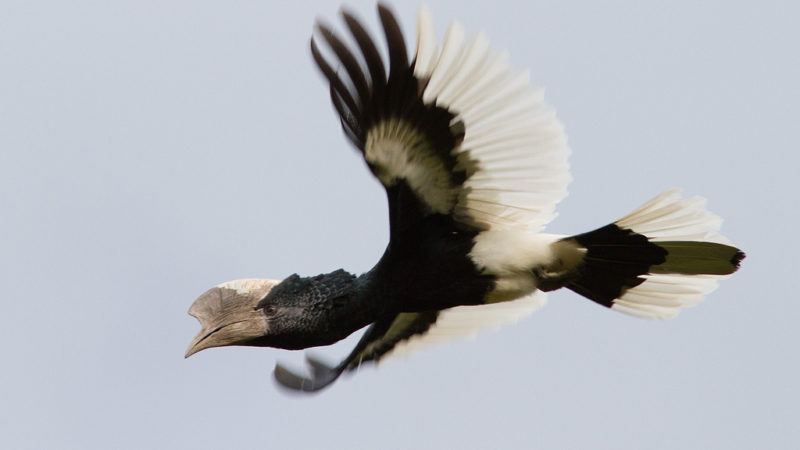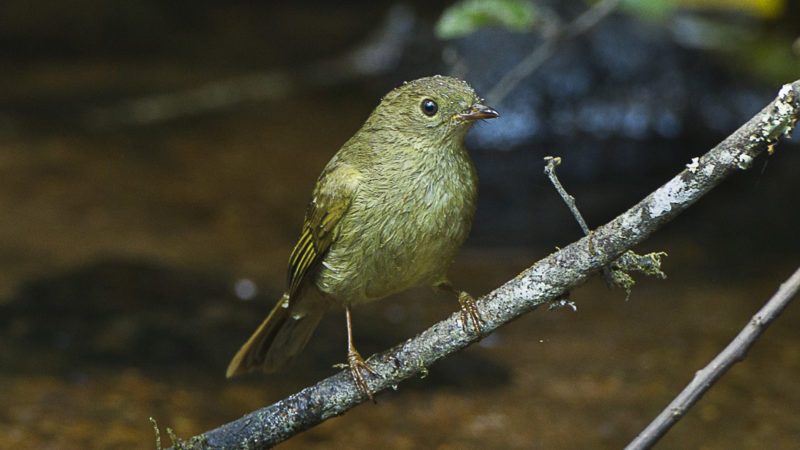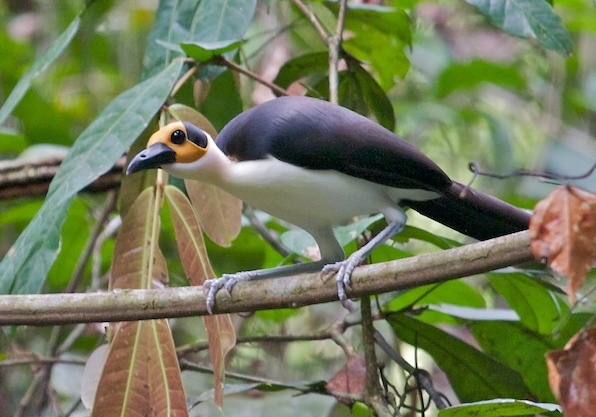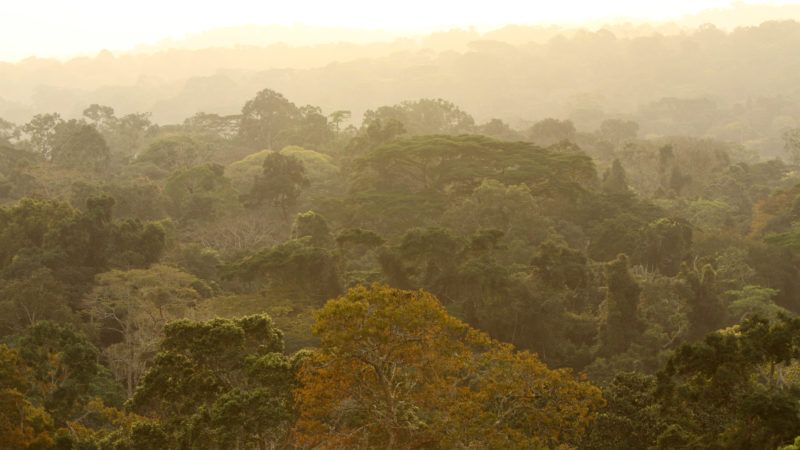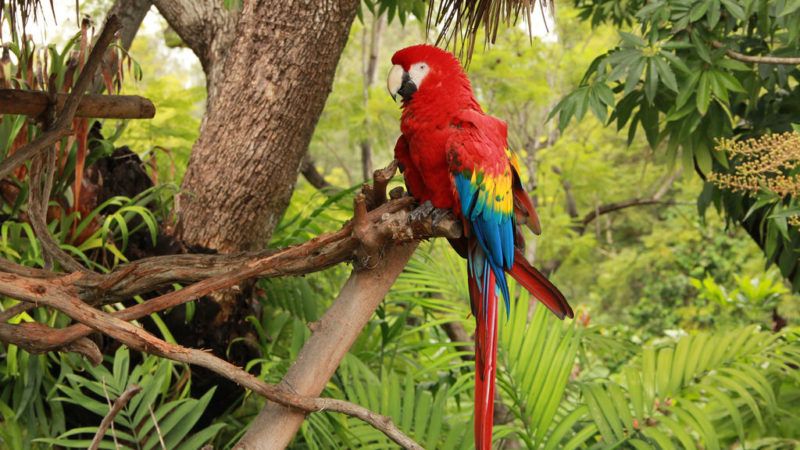Region: Africa, South Pacific, North and South America
This research area focuses on the study of endangered or threatened populations and the development of strategies to preserve and protect the diversity of plants and animals worldwide. The Conservation Genetics discipline encompasses the fields of ecology, molecular biology, population genetics, landscape genetics, landscape ecology, mathematical modeling, and evolutionary systematics.
CTR researchers are working on a NASA-funded project to develop a species spatial distribution model that can incorporate remote sensing-detected or -derived environmental variables with corresponding genetic and phenotypic variables at various spatial and temporal scales. This integrated model will allow for the elucidation of the patterns and processes that govern diversification and speciation in a spatial and/or geographical context and the identification of important habitat for conservation.
Other projects include the study of the influence of human-caused habitat fragmentation on the structuring of populations of the threatened Rockfowl bird (Picathartes sp.) of Africa, and the use of plant population genetics to assess the effect of seed disperser loss on gene flow of Antrocaryon klaineanum (ANACARDIACEAE), a commercially important tree species that is dispersed almost exclusively by heavily hunted mammals.
CTR and the UCLA Department of Ecology and Evolutionary Biology jointly manage the UCLA Conservation Genetics Resource Center which collects genetic samples of plants, mammals, and birds and develops new molecular methods to enhance our analytical capabilities.




